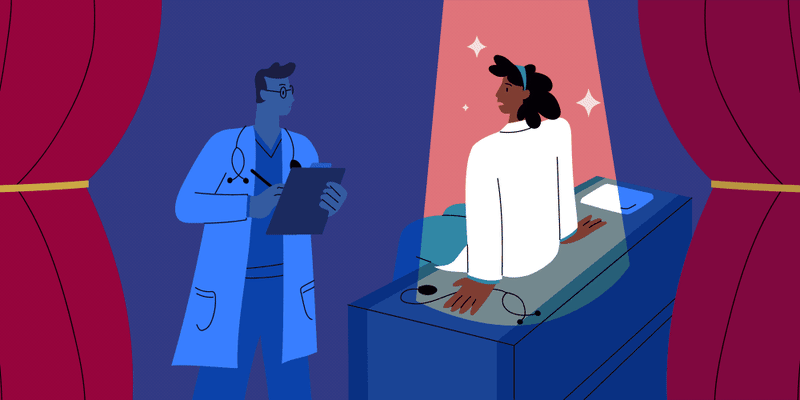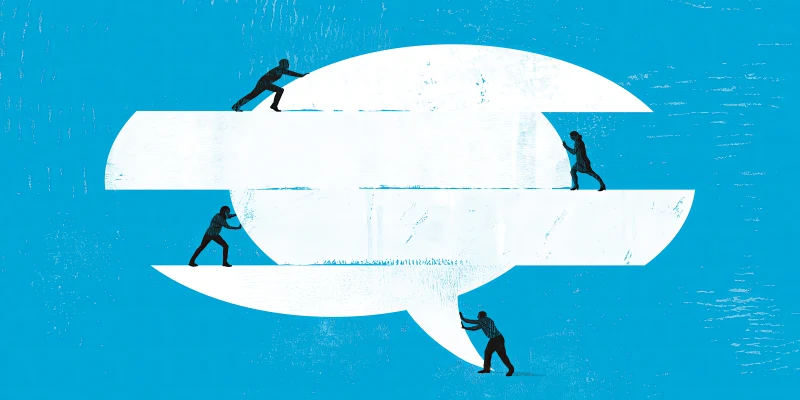
When I recited the Hippocratic Oath in medical school, I dedicated myself to a lifetime of altruism, intellectual honesty, and a never-ending mission to cure the ailments of mankind. Coming off the heels of the devastating earthquake in Haiti and tsunami in Japan, my medical school class at the Albert Einstein College of Medicine was instilled with a passion to “strap on our boots” and get to the frontlines to help. After graduation and during my neurosurgery residency at the Mount Sinai Hospital, I longed for the opportunity to travel and explore the global healthcare landscape in order to help those truly in need, and found an opportunity on a neurosurgical charity mission in Lima, Peru during the final months of my sixth year of residency.
I was first introduced to the concept of global neurosurgery and neurosurgery advocacy by my colleague, Dr. Ernest Barthélemy. Ernest is one of my fellow neurosurgery residents at Mount Sinai and he has tirelessly dedicated himself to the improvement of neurosurgical care around the world. His efforts have been mainly centered in the country of Haiti, where expert neurosurgical care is desperately needed. Ernest’s determination has proven successful, as he is now a Paul Farmer Global Surgery Fellow at Harvard University, as well as the Vice President of Haiti’s local neuroscience society, the Haitian Foundation for the Development of Neurology and of Neurosurgery. Ernest’s example is inspiring in many ways, most notably, his ability to use his neurosurgical training to teach, inspire, and influence an entire country’s neurosurgical trainees for generations to come. Therefore, when my mentor, Dr. John Caridi, Assistant Professor of Neurosurgery and Orthopedic Surgery at Mount Sinai, asked me to join him on a charity surgical mission to Lima, Peru, I knew it was an opportunity of a lifetime.
During a particularly hot and humid week in June, Dr. John Caridi and I embarked on our journey with the volunteers and students of the Eagle Condor Humanitarian Society. We were also accompanied by Dr. Daniel Capen, an orthopedic spine surgeon from California who has volunteered with Eagle Condor Humanitarian for years. In addition to the skilled team of volunteers were working with in Peru, we were well-equipped with a seasoned team of neurosurgeons, orthopedic spine surgeons, physical therapists, nurses, social workers, and hospitalists ready to help our patients. Everyone was incredibly kind, helpful, and virtuously dedicated to the cause. The goal of our mission was to join with neurosurgeons at the Hospital de Emergencias – Villa El Salvador and help them surgically treat a carefully selected group of patients.
On the first day at the hospital, our team examined outpatients who needed our neurosurgical and orthopedic evaluation. These patients had numerous complex health and socioeconomic issues, which made expeditious surgical scheduling quite difficult, to say the least. To address this ever-growing problem, the Eagle Condor Humanitarian Society was created as a non-profit charity to help patients in other countries obtain the surgeries they desperately needed. They have accomplished truly amazing things since they were founded in 2003 and you can read more about them here.
One memorable patient was a 21-year-old man who developed a severe burst fracture of the first lumbar vertebral body after suffering a traumatic fall at work the day prior. The fall was at such a high impact, that the fractured bone fragments tore through his posterior longitudinal ligament and partially severed his spinal cord. He was left instantly paralyzed and numb below the waist. Unfortunately, as is the case for many patients in developing countries with traumatic spinal cord injury, the lack of neurocritical care and spinal instrumentation prevents surgeons from safely reducing the fracture fragments to stabilize the spine. As a result, this particular patient was committed to six months to a year of complete bed rest to allow the fragments to heal on their own. While this would treat the fracture, the sequalae of the injury would remain permanent. As one can imagine, the human body was never designed to be flat in bed for a prolonged period of time. Without surgery, he could develop potentially fatal blood clots, infections, pulmonary embolisms, and pressure ulcers. However, performing surgery would stabilize his fracture, decompress the injured spine, grant him the ability to sit upright, and allow the potential for some neurologic recovery. Fortunately, we had a team of experienced surgeons and state-of-the-art spinal instrumentation (graciously provided by Inovasis Spine) that could help him.

Preoperative sagittal computerized tomography scan of our patient’s lumbar spine, demonstrating a severe L1 vertebral body burst fracture with retropulsion of bone fragments into the spinal canal. The patient was L1 ASIA-A on examination. We took the patient to the operating room for an L1 laminectomy, open reduction of the L1 vertebral fracture, and T10-L3 posterior spinal instrumentation and fusion. Image provided by Dr. Rasouli.
On our examination, he had no movement or sensation in his legs and had no bowel or bladder function (L1 ASIA-A). Given the acuity of his injury, we felt there was still potential for meaningful neurologic recovery once the fracture was reduced and stabilized. Based on the results of his imaging and clinical exam, our team decided to take him for an emergent decompression, instrumentation, and fusion of his lumbar spine. The anesthesiology and nursing team informed us that our intraoperative blood loss would have to be minimal as there was no available blood for transfusion. After a grueling 6-hour case, he was successfully extubated and observed overnight on the wards. On post-operative day one, the patient noted to have lower extremity sensation to light touch! By post-operative day two, his Foley catheter was removed and he was able to urinate on his own. Our team was thrilled at the remarkable pace of his recovery. It was incredible to see how we were able to immediately improve his quality of life with our surgery.
Another memorable patient was a 41-year-old man who had a benign nerve sheath tumor in his thoracic spine. The tumor was causing severe radicular pain and was progressively enlarging on serial imaging. We decided to take him to the operating room for a thoracic laminectomy, resection of the tumor, and subsequent fusion. During the case, I noted how certain things such as specialized spine surgery tables and intraoperative neuromonitoring were basically unattainable in Peru. However, the lack of this advanced equipment did not impede our progress or adversely affect patient outcome. Intraoperatively, the tumor appeared to be a nerve root schwannoma and was excised en bloc. The patient woke up with near complete resolution of his pain and was discharged home on the second post-operative day.
This mission taught me that no matter the medical school, residency, or country in which one trained, all physicians are unified by the same desire to help people in need. The team with whom we worked in Peru were some of the most altruistic and dedicated individuals I have ever met. The Peruvian neurosurgeons, in particular, were great to work with and it was awesome to share similar “war stories” from residency with each other. As I near the completion of my residency, it has been my passion to inspire current and future medical students to pursue neuro-related careers in medicine. After my experience in Peru, I will also encourage my students and residents to get involved with global health and charity. The surgical skills and life lessons I learned during my short week will stay with me forever and no doubt make me a better surgeon for my patients.
The author wishes to add: Through the establishment of the Dox Foundation, Doximity has taken great strides to support funding global health excursions. It’s definitely something for which you should apply in addition to obtaining medical school funding. In retrospect, I regret not learning more about or pursuing global health education during my years in medical school. It is my hope that reading about my experience will inspire in you, my reader, a desire to learn more about these global health options and explore your available resources further.
Jonathan Rasouli, MD is Chief Resident of Neurosurgery at the Mount Sinai Health System in New York and will be completing the Combined Neurosurgery and Orthopedic Spine Surgery Fellowship at the Cleveland Clinic during the 2019-2020 academic year. He is a graduate of the Albert Einstein College of Medicine. He has research interests in global neurosurgery, spinal deformity, and minimally-invasive spine surgery. He was a 2017-2018 Doximity Scholar.
Image: Imagezoo / gettyimages







